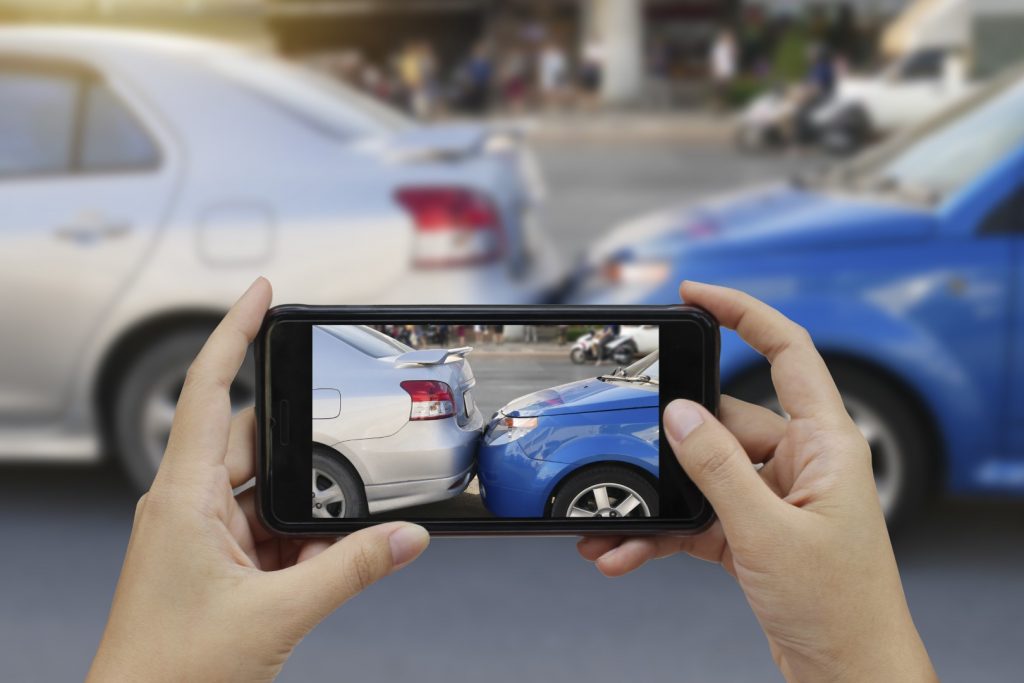
Car accidents are, unfortunately, a common occurrence on roads all around the world. Various factors, such as human error, mechanical issues, or environmental conditions, can cause them. The accident’s severity can vary greatly, depending on the collision type. Understanding the various types of auto collisions is crucial for drivers and passengers alike, as it can help prevent them from happening and prepare them for the aftermath. This article will discuss some of the most popular types of car crashes and their potential consequences.
Rear-end Crashes
A rear-end crash is among the most prevalent kinds of auto accidents. This occurs when one vehicle collides with the back of another. These accidents can happen at any speed but are often low-speed collisions in traffic or at stoplights. Rear-end collisions can cause whiplash injuries when the head and neck are jolted back and forth. Whiplash can be painful and debilitating, and it can take several weeks or months to recover fully.
T-bone Crashes
A T-bone crash takes place when a car’s front collides with another’s side, creating a “T-shape.” These accidents often happen at intersections or when a driver refuses to take the right of way. T-bone wrecks can be extremely dangerous, as the impact can cause severe injuries to the vehicle’s occupants that were hit on the side. These injuries can include broken bones, head trauma, and internal bleeding. If you were involved in a T-bone collision, you must contact a car accident lawyer to navigate the legal process and receive the compensation you deserve.
Head-on Collisions
A head-on collision occurs when two vehicles collide front to front, often at high speeds. These accidents are often the most severe and can result in fatalities. Head-on collisions can happen for various reasons, such as driving the wrong way on a one-way street, passing in a no-passing zone, or falling asleep at the wheel. Injuries sustained in head-on collisions can include broken bones, spinal cord injuries, traumatic brain injuries, and other serious injuries.
Sideswipe Collisions
A sideswipe collision occurs when two vehicles travel parallel and their sides make contact. These accidents often happen when one driver changes lanes or swerves to avoid obstacles. Sideswipe collisions are usually low-speed, but they can still cause significant damage to both vehicles.
Single Vehicle Accidents
A single-vehicle accident occurs when a vehicle crashes into a stationary object or rolls over. These accidents can happen for various reasons, such as hitting a curb, a tree, or a guardrail. Single-vehicle accidents can be caused by speeding, distracted driving, or driving under the influence of drugs or alcohol. Injuries sustained in single-vehicle accidents include broken bones, head trauma, and spinal cord injuries.
Multi-Vehicle Pileups
A multi-vehicle pileup is a collision involving three or more vehicles. These accidents often occur in adverse weather conditions, such as fog or heavy rain, or on highways with high-speed limits. Multi-vehicle pileups can cause severe injuries and fatalities, as vehicles can be struck from multiple angles. Injuries sustained in multi-vehicle pileups include broken bones, head trauma, and spinal cord injuries.
Conclusion
The physical and mental toll of vehicle crashes can be devastating. Understanding the various types of auto collisions and their potential consequences is crucial for all drivers and passengers. Suppose you were involved in a car accident; seeking medical attention immediately and contacting a car accident lawyer is essential to protect your legal rights and ensure you are fairly compensated for your harm and losses. By taking the necessary precautions and understanding the various types of auto collisions, we can all work together to prevent accidents from happening and keep our roads safe for everyone.
